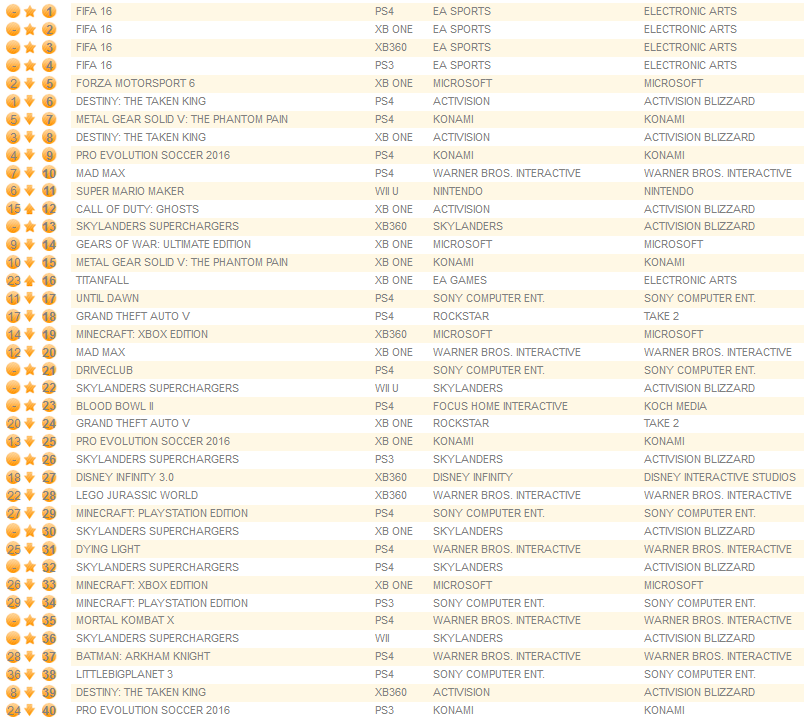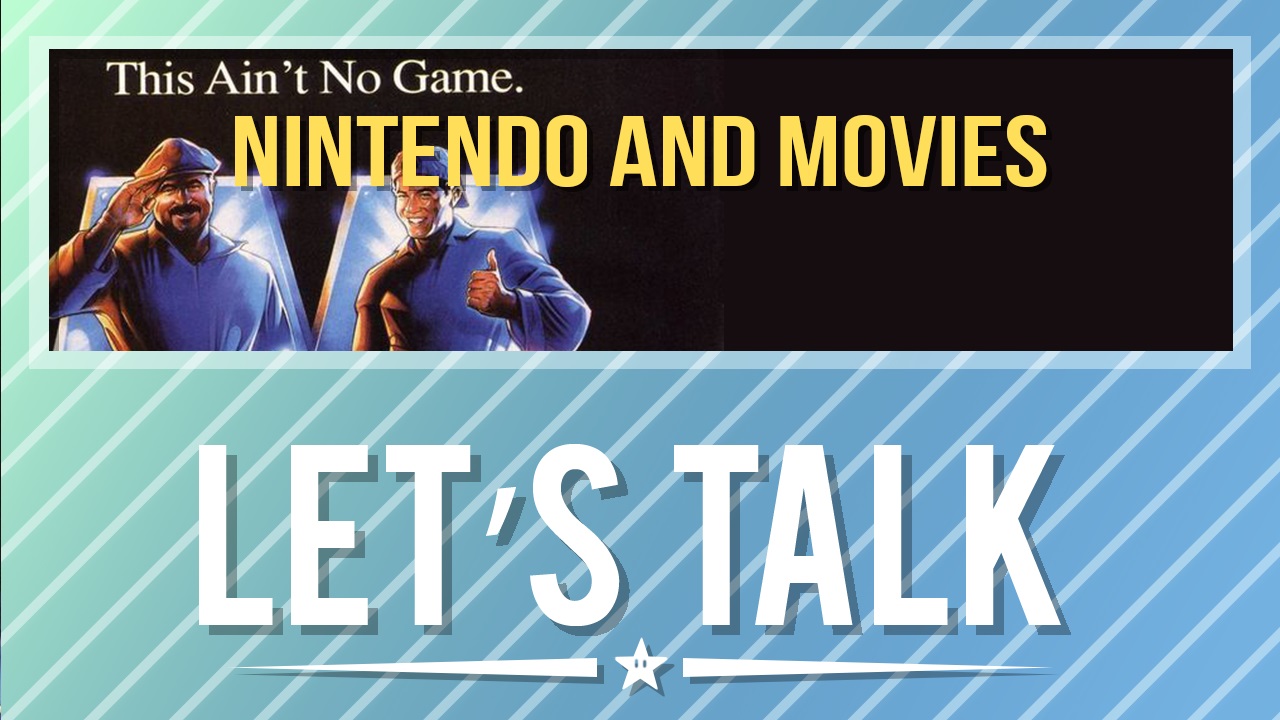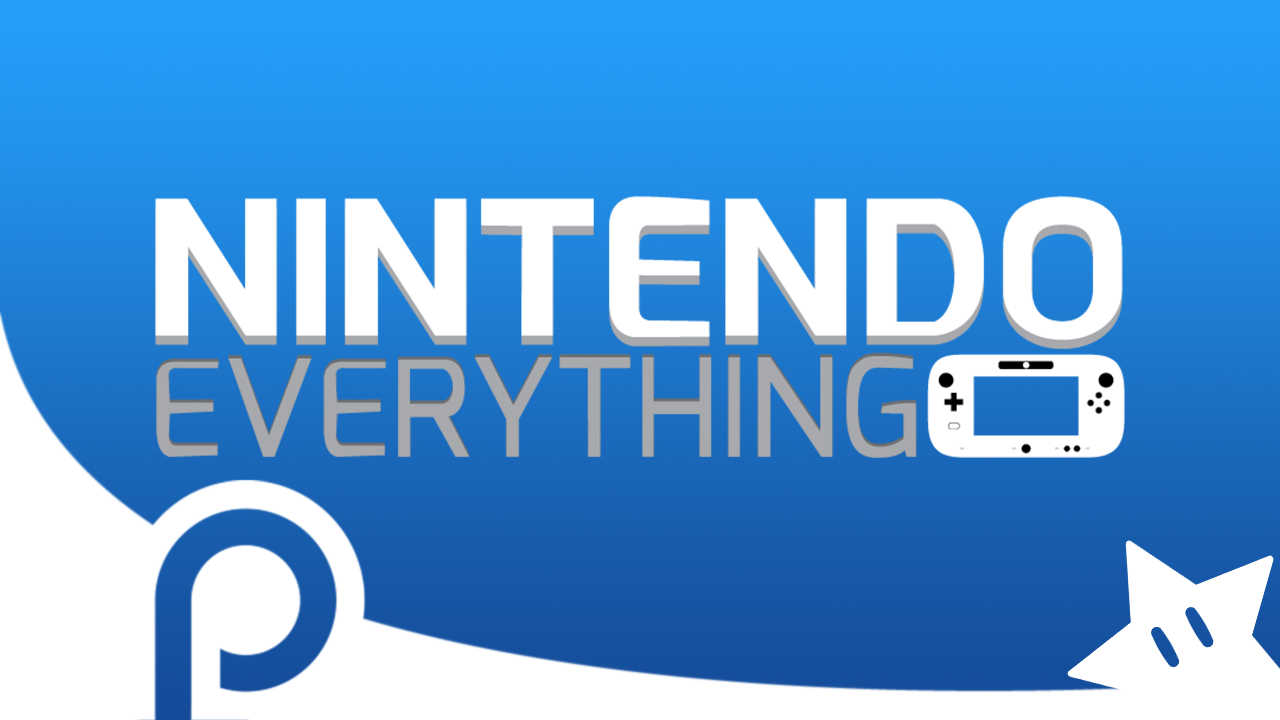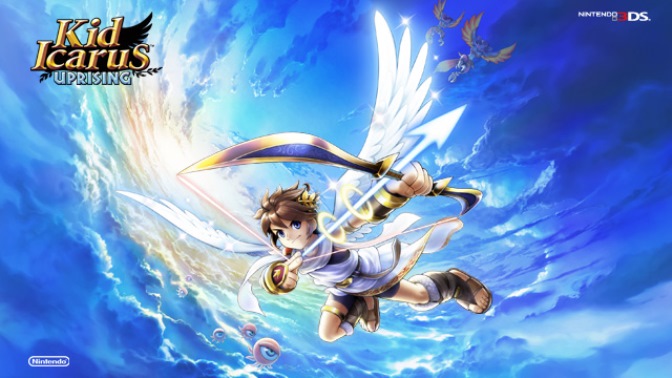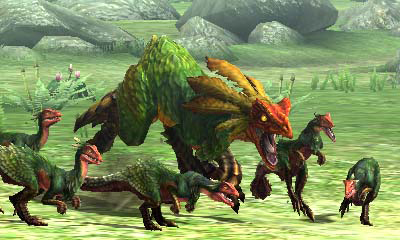Another Monday means another update to Pokemon Shuffle. Several events, including the Mega Charizard one, came to an end today. If you placed high enough, you can claim your Charizardite Y today if you check in.
Keldeo makes a return to the game, having previously been available a couple of months ago. You’ve got one week to catch it.
Finally, Latias is available for the first time via an escalation battle. As per usual, the stage’s level goes up by one each time you beat it, as does Latias’ capture chance. Of interest, however, is that Latias’ Mega Stone, Latiasite, is also available in this stage. You have to beat this escalation battle at level 50 to get it.
This week’s European Nintendo Downloads are as follows:
Wii U Download
1001 Spikes – €14.99/£13.49
Toto Temple Deluxe – €8.99/£6.99
Pumped BMX + – €8.49/£6.49 (Ends October 15th, regular price €9.99/£7.99)
Race The Sun – €9.99/£6.99
Wii U Virtual Console
Medabots: Metabee (GBA) – €6.99/£6.29
Medabots: Rokusho (GBA) – €6.99/£6.29
3DS Retail
Animal Crossing: Happy Home Designer (available October 2nd) – €39.99/£34.99 (if you buy the game until October 29th, you get the office theme as a bonus)
Dragon Ball Z: Extreme Butoden – €39.99/£29.99 (you can pre-purchase the game starting October 1st , game available on October 16; also, if you pre-purchase the game, you get a code for a Dragon Ball Z: Extreme Butoden 3DS theme for free)
3DS Download
1001 Spikes – €14.99/£13.49
3DS DLC
SENRAN KAGURA 2: Burst – €4.99/£4.49
3DS Themes
Animal Crossing: Happy Home Designer – My Town (available October 1st) – €1.99/£1.79
eShop Sales
Wii U
Gravity Badgers – €2.49/£2.49 (Ends October 29th, regular price €4.99/£4.99)
Spy Chameleon – €3.99/£3.59 (Ends October 29th, regular price €4.99/£4.49)
Darts Up – €1.49/£1.34 (Ends October 29th, regular price €2.49/£2.29)
99Seconds – €1.49/£1.34 (Ends October 29th, regular price €2.49/£2.29)
Puzzle Monkeys – €0.99/£0.99 (Ends October 22nd, regular price €2.99/£2.99)
3DS
Shin Megami Tensei IV – €9.99/£8.99 (Ends October 8th, regular price €19.99/£17.99)
Toys VS Monsters – €0.99/£0.99 (Ends October 29th, regular price €3.99/£3.99)
Football Up Online – €1.99/£1.79 (Ends October 29th, regular price €3.99/£3.59)
Darts Up 3D – €0.99/£0.99 (Ends October 29th, regular price €2.99/£2.69)
Tappingo – €1.99/£1.69 (Ends October 22nd, regular price €2.99/£2.49)
The Legend of Dark Witch – Chronicle 2D ACT – €2.99/£2.99 (Ends October 22nd, regular price €3.99/£3.49)
European Conqueror 3D – €2.99/£2.19 (Ends October 22nd, regular price €3.99/£2.99)
Crazy Construction – €5.59/£3.99 (Ends October 15th, regular price €6.99/£4.99)
Safari Quest – €4.99/£3.99 (Ends October 15th, regular price €6.99/£4.99)
Aqua Moto Racing 3D – €3.99/£3.59 (Ends October 8th, regular price €7.99/£7.19)
Snow Moto Racing 3D – €5.99/£5.39 (Ends October 8th, regular price €7.99/£7.19)
Permanent price drops
3DS
Battleminer – €4.99/£4.49 (was €7.99/£5.99)
Source: Nintendo PR
We still have a little ways to go before the release of Chibi-Robo!: Zip Lash, but someone has already managed to get their hands on the game. A couple of videos with extensive gameplay are below.
Let’s Talk #25: Nintendo and movies
This may seem like a slightly strange topic to discuss. After all, Nintendo hasn’t really been involved with movies too much. We all know about the infamous Super Mario Bros. film, and you can even bring up The Wizard. I suppose the Pokemon movies technically count as well! But aside from these examples, Nintendo hasn’t done much in the film business.
Shigeru Miyamoto and Takashi Tezuka both spoke a tiny bit earlier this week about casting for theoretical live action Zelda and Mario films. Because of their comments, I wanted to expand on that into a bigger site discussion this week.
Which Nintendo property would you be interested in seeing when it comes to movies? Would you prefer it to be animated rather than live action? Are you for or against Nintendo being more proactive with films? What are your thoughts about Nintendo and movies in general? Let us know in the comments below!
Highlights from last week’s topic: What do you want to see from the next Nintendo Direct?
Burning Gravity
What I don’t expect:
– mobile game footage
– NX info
Why? Because I’m not… actually, let’s not go there.
What I might like?
– Showing footage of all upcoming games for 2015.
– Zelda U footage.
– No Star Fox footage, wait for that game to get more polish since they’re delaying it and all.
– HWL, GIR#FE trailers (for 2016).
– New Pokken Tournament character, but this seems a bit unlikely since it seems like they’re handling this pretty separately thus far
– No Metroid or anything else 1st-party 2016 not already mentioned. (Except potential new announcements.)
– 3rd-party stuff: like, getting AA6, PXZ2, etc. news, even if it’s only in the Japan Direct, would be nice.
– Rhythm Heaven localization, PLEASE.
– Quick indie game reel. Yes, I like and appreciate these. IMO showing off all the great Wii U (and 3DS, I guess) eShop games is generally a good idea and is a great way of saying “hey, we have other cool things too besides 1st-party stuff, if you’re not sure what to check out, here are some ideas!”
– It’s not going to happen, but I’d like if they showed short clips of games like TLoL or Stella Glow, just like 20 second clips even, but yeah, no. That’s just me wanting these games to get more attention. Not a realistic or logical request, really.
– One new game announcement, as said, because what’s a Nintendo Direct without that? And I guess nowadays, we usually get amiibo news and/or some extra weird announcement, like some spin-off game or some collaboration or new title on the eShop or something, lol… every little thing counts, yeah? I do like being surprised by Directs. 🙂
Darrin W. Harr II
Zelda U news. Don’t get me wrong, I’m looking forward to Tri Force Heroes, but I really want new screenshots, even small tidbits of information. I’m not as angry as some about the delay, seeing as it will hopefully end with a more polished game, but I just want to know more about the game itself.
Vigilante_blade
I just want them to include several updates for Mario Maker, like Luigi, slopes, lava and water in any levels, new enemies, etc…
I’d love to see some nice third parties like a port of Metal Gear V with some sort of extra, or Persona 5. They need some killer exclusives.
I’d love to see a new game or something.
I also want them to clarify which controllers works for each upcoming games. I’m tired of finding out the week of its release or having to ask industry contacts.
Kallumsmarties
Just something positive. I miss watching a Direct and being so hyped and excited after. I think they should focus games owards holiday and 1st quarter of 2016. Probably want to talk about the new loyalty system as well which if it is going to be what I think it will be then it will be awesome.
Giving this a final bump to the top! There are only a few days left in September, so we’ll be choosing a winner for our second giveaway next weekend in all likelihood.
Hey everyone!
A new month is here, so I wanted to update everyone on our Patreon.
Our Hall of Fame page has been updated again with a list of everyone’s names. If you’re pledging $1 and have chosen to receive a reward (a couple of you opted to not receive any rewards), you’ll be automatically included on the page. Please let me know if you’d prefer to not be on there, or if you want a different name in the Hall of Fame.
Next, we have some giveaway business to take care of. Those who pledge $5 are automatically eligible for our monthly giveaways exclusively for Patreon. Our first ever giveaway, which took place during August, was for the gold Mario amiibo. The winner of that prize is… Corey Buttel! We’ll be in touch shortly to arrange for the shipping of this reward.
This month’s giveaway is for a 3DS game that is very close to my heart: Kid Icarus: Uprising. Everyone pledging $5 or higher is eligible to receive this prize, regardless of their region. It will likely be a code that you can download from the eShop, but we may offer it as a packaged version depending on the winner’s region.
I think that’s mostly it! Of course, if you’re pledging $3+, you can also get some sneak peeks of things like features and certain news items before they hit the site. You can find our full Patreon page and lineup of rewards here.
Thanks to everyone who has supported us thus far. Every little bit helps!
The Deer God finally has a release window on Wii U. Mobot Studios, who will be publishing the game on Nintendo’s console, just announced a December launch for the eShop version.
We’ve posted a game description and features overview for The Deer God below.
Game Description:
The Deer God is a breathtaking 3D pixel art adventure that will challenge your religion and your platforming skills. It’s a game about survival, reincarnation, and karma; all set in a unique 3D pixelized world. Feast your eyes on the beautiful lighting, day and night system, and vast landscapes. Become one of the most beautiful animals on planet earth. LIVE AS A DEER. SURVIVE AS A DEER.Features:
- Gorgeous 3D pixel art world to explore
- Various animals and characters to interact with across multiple quests
- Unique Night and Day system
- Tons of items to find and use
- Reincarnate into other animals
- Use the power of statues and level up your antlers
- Find secrets and solve ancient puzzles
- Follow an interesting and dark story line
- Amazing Original Soundtrack by Evan Gipson.
Source: Mobot Studios PR
It’s time for the latest Famitsu’s most wanted games chart! Monster Hunter X is still at number one, and Dragon Quest XI is now right behind.
Head past the break for the full chart. All votes were cast between September 10 and September 16.
